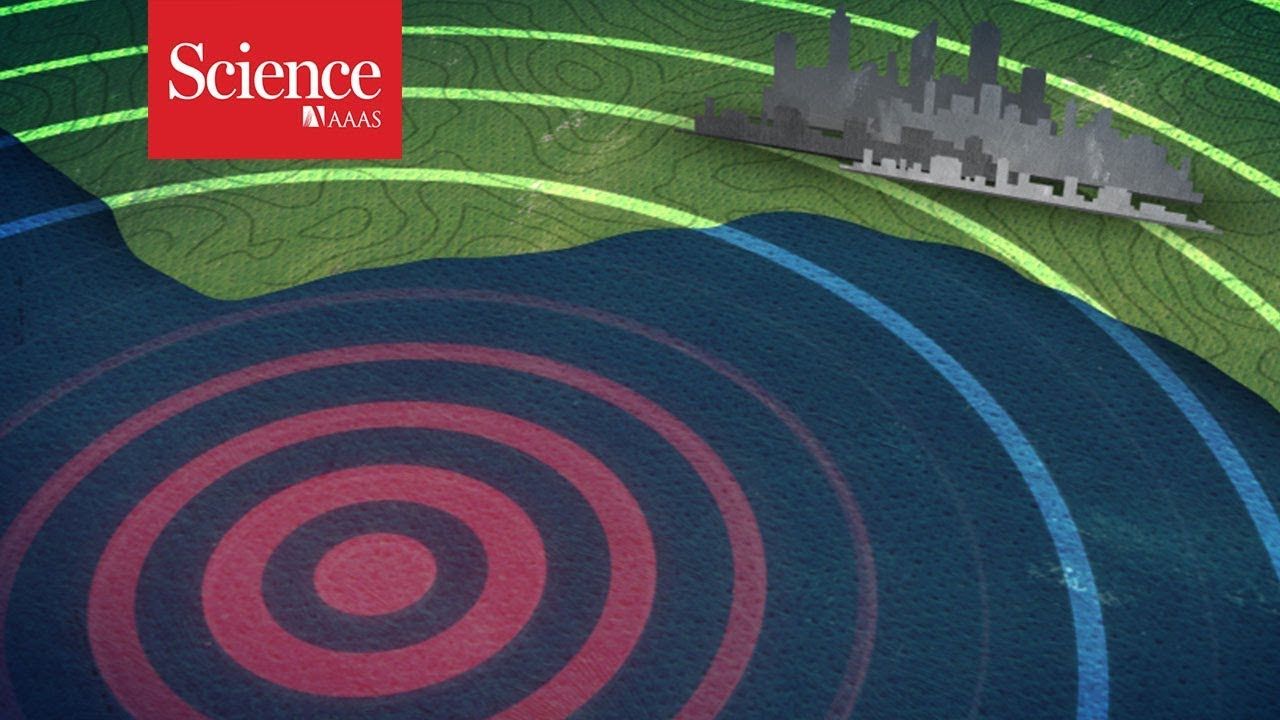Earthquake early warning systems can give people crucial seconds to move to safety—but only if they send the message in time. Now, scientists working on such systems have discovered that the bigger the tremor, the longer it takes to issue an alert—giving people little time to prepare for the big one, but lots of time to brace for a ho-hum event.
All earthquakes start with P waves, which are fast moving and cause little damage. S waves come next, moving more slowly but causing more destruction. Early warning systems measure ground movement during the fast P waves to predict how much shaking the S waves will cause, and then send out an alert.
The researchers imagined a new system in which people could set their own threshold for alerts, based not on the actual magnitude of the quake, but on how violent the tremors would be at their location. They then calculated which magnitudes of earthquake would cause which levels of shaking at different distances from the epicenter. Someone 10 kilometers away, for example, would experience more severe shaking from a lower magnitude earthquake than a person 100 kilometers away would. Once that was done, the researchers estimated how long it would take to send out an alert.
